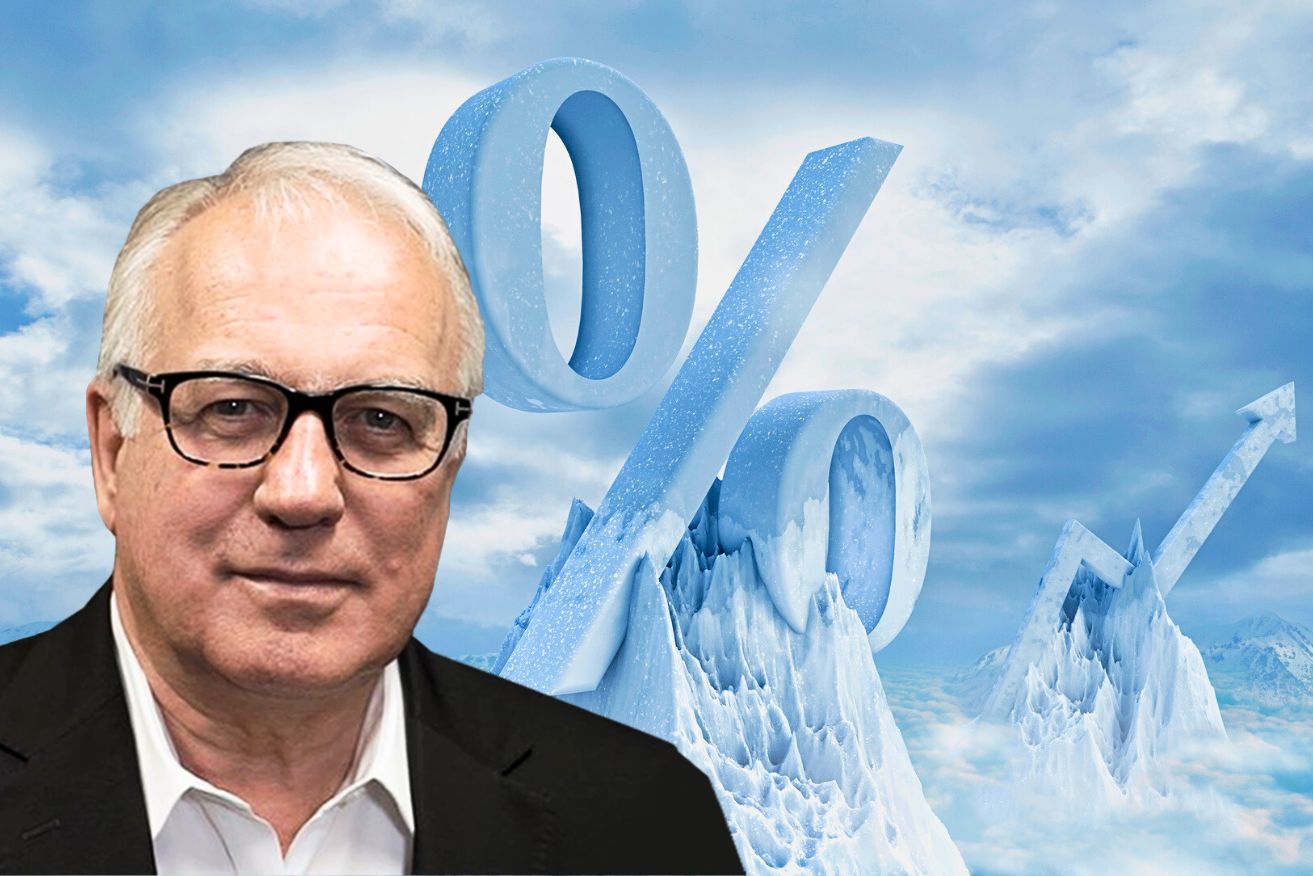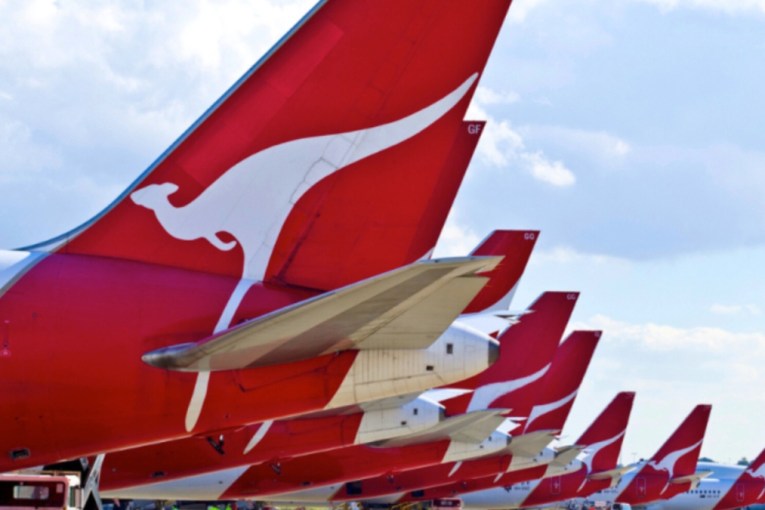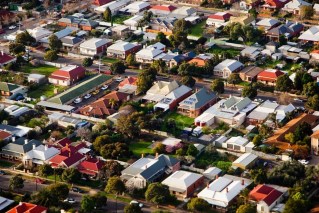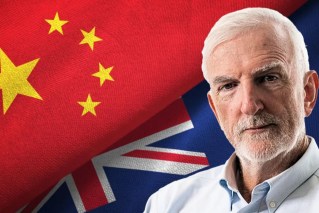Alan Kohler: A beautiful conception of immaculate disinflation


After Wednesday’s December-quarter CPI, it’s clear that the next move in the Reserve Bank cash rate will be down, not up; the only question is when.
It’s also clear that this is not the 1970s, or the late 1980s, when combating inflation meant having a recession. For a year there was unanimity that there would be a US recession in 2023, and probably one in Australia, if not in 2023 then 2024 for sure because of the mortgage cliff.
But instead we have “immaculate disinflation” – that is, lower inflation without a recession – which is something that a lot of economists are having trouble getting heads around, not to mention a few columnists.
Not that I thought we’d have a recession, but I didn’t think we’d get rate cuts this year without one. Looking at Wednesday’s CPI, I might be wrong about that, and I couldn’t be happier.
The futures market (casino) is putting a 59 per cent probability on the first rate cut in May and 100 per cent by August, with four cuts priced in by June next year.
Commonwealth Bank’s chief Australian economist Gareth Aird says it will start later, but go further and faster – he reckons the first cut will be in September, with 0.75 per cent coming off the cash rate this year and another 0.75 per cent in the first half of 2025, taking the cash rate back to 2.85 per cent.
Those who read this column last week would know that I didn’t think there’d be rate cuts this year, or hikes, but I must admit Wednesday’s inflation number surprised me, along with everybody else, including the RBA. It was a very nice surprise, mind – inflation down without a recession? Who wouldn’t be happy about that?
The RBA’s spreadsheet jockeys had been predicting an annual inflation rate for December of 4.5 per cent, but it came in at 4.1 per cent – a big miss for the gurus in Martin Place. They will have to revise their forecasts pretty vigorously next week.
The most important number is the “trimmed mean” CPI, which is where the statisticians chop off the 15 per cent largest and 15 per cent smallest price changes, and just averages the 70 per cent in the middle, which they call “core inflation”.
That’s what the Reserve Bank watches the most because it doesn’t trust the sustainability of the most volatile items on the list of price changes – it thinks they’ll probably reverse next month or next quarter, so it ignores them.
The RBA’s prediction for the quarterly trimmed mean CPI is not published, but it’s thought to have been between 1 and 1.1 per cent for the December quarter. In the event, it was only 0.8 per cent, a bit below market consensus of 0.9 per cent, but well below the RBA’s.
Its forecasts will be adjusted next week when the next set is published, but if the quarterly trimmed mean CPI keeps coming down in March and June, there’ll be rate cuts in spring, but probably not till then, unless the drop in either March and June is so big that Michele Bullock can stand on the deck of frigate and declare victory.
But back to the December release, it was part of a beautiful trend of global immaculate disinflation.
It looked a possibility about six months ago, when economists were still arguing about whether inflation was permanent or transitory. We now know for sure it was transitory.
In the US, core inflation on a three months annualised basis is below 1.5 per cent, and year-on-year core CPI slipped below 3 per cent for the first time since mid-2021.
Although wages are stickier in Europe, month-on-month inflation has virtually disappeared, with three months annualised CPI about 1 per cent. Wholesale prices are falling.
Last week Japan surprised, with Tokyo CPI for January (proxy for nationwide CPI) tumbling to 1.6 per cent, less than half of the peak of 4.4 per cent. It is now likely that nationwide CPI will fall towards 2 per cent, from the high of 4.3 per cent earlier in 2023, with a broad decline in food, energy and service inflation. And, of course, no recession.
Interest rates around the world will start tumbling within months, maybe March in the US, and while they won’t get back to the pandemic lows unless a recession jumps up out of nowhere, not dead after all, like the bad guy played by Alexander Godunov at the end of Die Hard, we could be looking at policy rates by the end of 2025 of 3 per cent in the US, 2 per cent in Europe and 1 per cent in Japan.
In that situation, the Reserve Bank can’t be a shag on a rock with a cash rate above 4 per cent.
If that’s right about where the rest of the world is heading, then Gareth Aird’s prediction of something under 3 per cent for the Australian cash rate looks pretty good.
Alan Kohler writes twice a week for The New Daily. He is finance presenter on the ABC News and also writes for Intelligent Investor

















